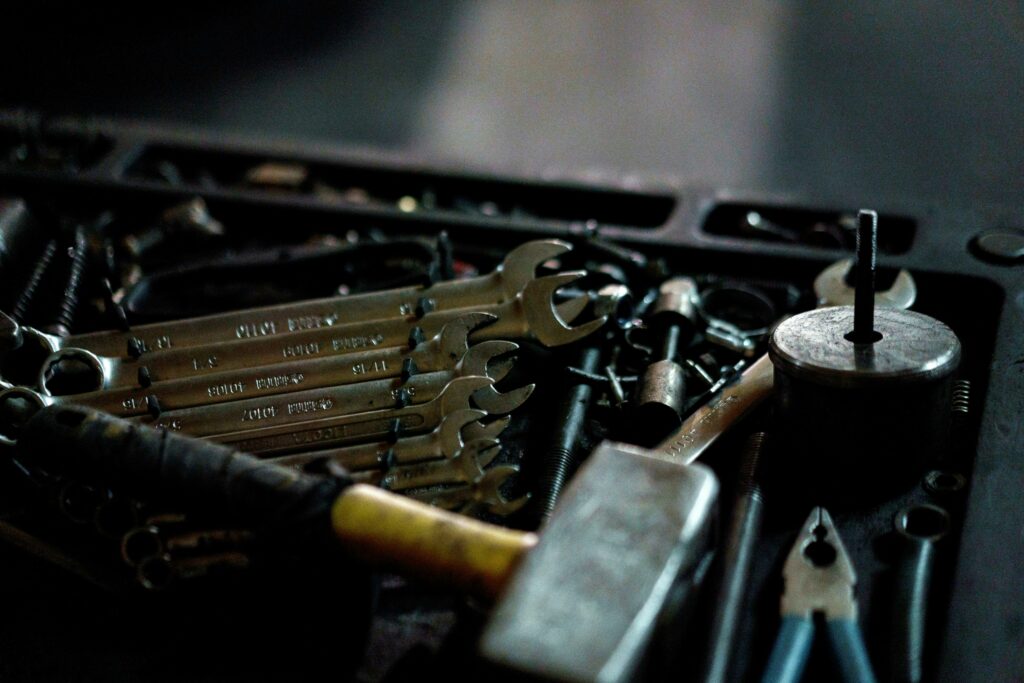Step 1: Planning Your eBay Shop
Define Your Niche and Products
Before you even open an eBay account, identify what you want to sell. A focused niche often performs better than a general store, especially for new sellers. For example, instead of “electronics,” consider “vintage audio equipment” or “refurbished gaming consoles.” List out the specific products you intend to offer. Think about availability, your passion for the items, and potential profit margins. Source a small initial inventory (e.g., 5-10 unique items) to test the waters before committing to larger quantities.
Research Competitors and Pricing
Use eBay’s advanced search features to find completed listings for products similar to yours. Pay close attention to the final sale price, the number of bids (if applicable), and the listing format (auction vs. Buy It Now). Analyze your top 5-10 competitors. What are they doing well? Where can you differentiate? Look at their pricing strategies, shipping costs, and return policies. This research will help you set competitive prices and identify gaps in the market you can fill.
Step 2: Creating Your eBay Account
Register as a Business Seller
If you already have a personal eBay account, it’s generally recommended to create a new one specifically for your business. Go to eBay’s registration page and select “Create a business account.” You’ll need to provide your business name, contact information, and potentially your Employer Identification Number (EIN) if you’re in the US, or equivalent business registration details for other regions. This ensures you comply with tax regulations and can access business-specific tools and features.
Link Your Payment Methods
eBay primarily uses eBay Managed Payments. You will need to link a valid checking account to receive payouts from your sales. Navigate to “My eBay” > “Account” > “Payments” to set this up. You’ll be prompted to enter your bank account details (account number and routing number) and verify them, often through small deposit/withdrawal transactions or instant verification services. Also, ensure you have a valid payment method (like a credit card or PayPal) on file for paying eBay fees.
Step 3: Designing Your eBay Shopfront
Choose a Shop Name and Logo
Your shop name should be memorable, relevant to your niche, and ideally available. Check for availability on eBay and other platforms if you plan to expand. Once you subscribe to an eBay Shop (which is a paid subscription service), you can set your shop name. For a logo, keep it simple, professional, and easily recognizable. Use a tool like Canva or hire a designer to create a high-resolution logo that reflects your brand. Upload it through your Shop’s customization settings.
Customize Your Shop Pages
Access your Shop’s customization options via “My eBay” > “Selling” > “Manage My Shop.” Here, you can design your shop’s homepage. Upload a compelling banner image that showcases your products or brand. Write a clear, concise “About Us” section that tells your story and builds trust. Create custom categories for your products to improve navigation for buyers (e.g., “Men’s T-Shirts,” “Women’s Jeans,” “Accessories”). You can also add promotional boxes for featured items or sales.
Step 4: Listing Your First Products
Create Compelling Product Descriptions
Go to “Sell” on eBay and select “Create listing.” When writing your descriptions, be thorough and accurate. Include key features, dimensions, condition (new, used, refurbished), and any defects. Use bullet points for readability. Incorporate relevant keywords naturally that buyers might use to search. Include high-quality, well-lit photos from multiple angles, showing any imperfections clearly. Aim for at least 5-7 photos per listing. Consider adding a video if applicable.
Set Up Shipping and Returns Policies
Within each listing, or by setting up business policies in your account settings, define your shipping and returns. For shipping, specify carrier (e.g., USPS, FedEx), service level (e.g., First Class, Priority Mail), handling time (e.g., 1 business day), and cost (free, flat rate, calculated). Offer at least one expedited option. For returns, clearly state your policy: acceptance window (e.g., 30 days), who pays return shipping, and whether a restocking fee applies. A clear, buyer-friendly return policy can increase sales.
FAQs
How much does it cost to open an eBay Shop?
The cost of an eBay Shop varies depending on the subscription level you choose (e.g., Starter, Basic, Premium). Each level offers different numbers of zero-insertion-fee listings, lower final value fees, and access to more advanced selling tools. You can find current pricing on eBay’s “Selling fees” page.
Do I need a separate bank account for my eBay business?
While not strictly required, it is highly recommended to have a separate bank account for your eBay business. This simplifies accounting, makes tax preparation easier, and helps you clearly separate personal and business finances.
How long does it take for my payouts to be processed by eBay Managed Payments?
Once a buyer pays, eBay processes the payment. Payouts are typically initiated within 1-2 business days after the buyer’s payment clears and are then transferred to your linked bank account. The exact time it takes for funds to appear in your bank account can vary based on your bank’s processing times, but it usually takes an additional 1-3 business days.
What is the minimum number of items I should have before opening an eBay Shop?
There’s no strict minimum, but it’s generally advisable to have at least 10-20 unique items ready to list before subscribing to an eBay Shop. This ensures your shop doesn’t look empty and gives buyers a good selection. If you have fewer items, you might consider selling as a regular seller first and upgrading to a shop once your inventory grows.




